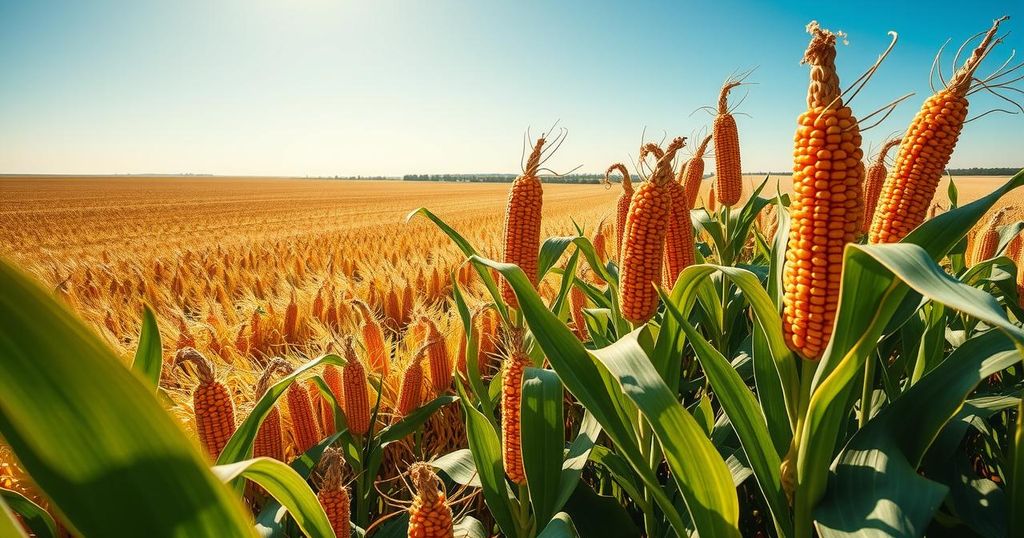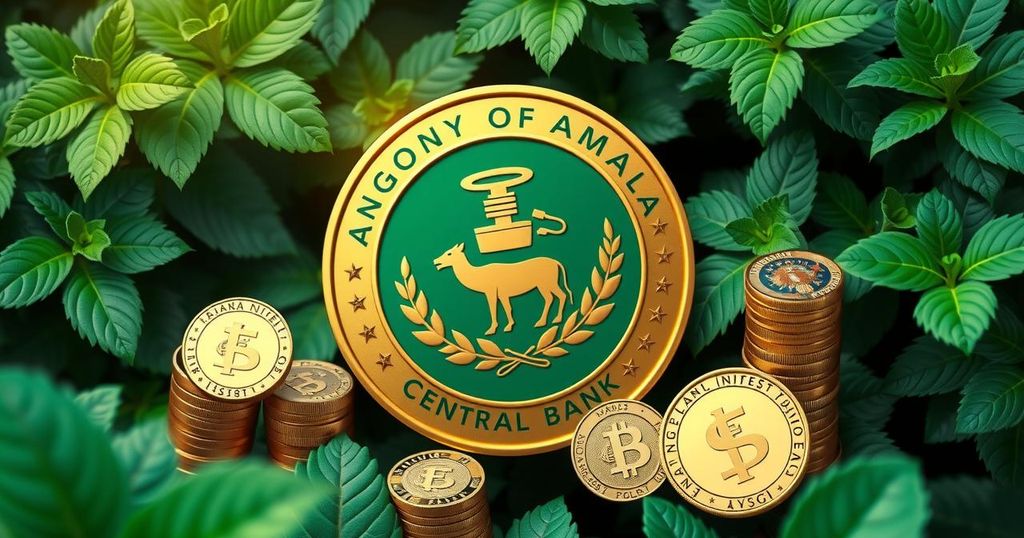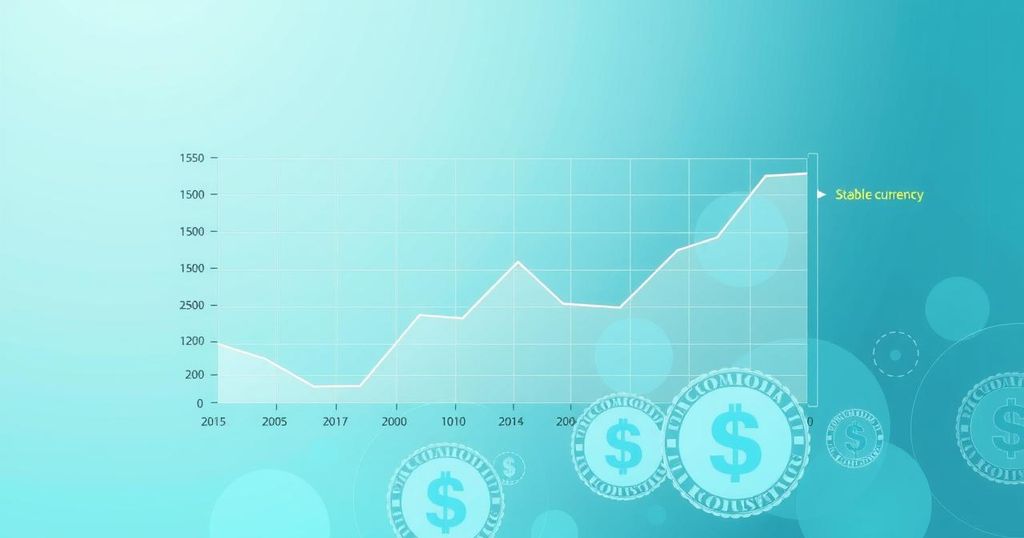Brazil’s Corn Delays Create a Golden Window for U.S. Grain Exporters
- Brazil’s 2025 corn harvest presents unique market opportunities.
- Logistical chaos in Brazil creates gaps for U.S. exporters.
- Domestic demand in Brazil diverts corn away from export markets.
- U.S. corn pricing remains competitive amidst Brazilian delays.
- Investors should focus on agribusiness equities and commodities.
Exceptionally High Harvests Amid Staggering Delays
The Brazilian corn harvest for 2025 is presenting an unusual scenario: exceptional yields are clashing with significant logistical issues, opening up what many are calling a golden opportunity for U.S. grain exporters. The National Supply Company of Brazil, known as Conab, has projected that the second-crop, often referred to as safrinha, will reach a remarkable 101 million tonnes. This figure marks the second highest in history but is complicated by delays in harvesting as Brazil faces increasing domestic demand, which is reshaping the global grain markets. Investors looking to capitalize on U.S. agribusiness equities should certainly pay attention.
Crucial Delays Bolster U.S. Export Opportunities
The bulk of Brazil’s corn output depends on the safrinha crop, which is anticipated to make up about 78% of the total production, achieving a noteworthy 101 million tonnes—a 12.2% bump from 2024. Yet, the harvesting is falling behind schedule, with only 20% completed by late June, in stark contrast with the usual pace of about 50% by early July. There’s been a persistent issue with moisture levels this June which has left fields overly wet, causing farmers to rush to dry their corn. Consequently, this delayed harvest has led to price drops—Brazil’s corn pricing plummeted to about $3 per bushel in Mato Grosso by June, down from approximately $5.30 in March.
Domestic Factors Pressure Exports
Brazil’s corn consumption is increasingly shifting from exports to meeting domestic needs, driven primarily by two factors that are pressuring the local supply. First, an ethanol mandate set for full-scale rollout by August 2025 will significantly divert between 10 to 15 million tonnes of corn annually towards fuel production. This comes after a decade-long increase in ethanol consumption, which has already accounted for 26.5 million tonnes of the corn used each year. Second, rising poultry and beef industries, now crucial in meeting global desires for protein, have started using 40% of Brazil’s corn supply. All these factors are compressing Brazil’s corn stocks, with estimates from Conab suggesting a 9% drop in export potential as the global demand for grain remains high.
U.S. Exporters in a Strong Position
What all this means is that, despite Brazil’s lower prices, leaning towards an export-driven strategy may leave U.S. exporters at a distinctive advantage. Although the U.S. corn is trading at about $5.50 per bushel, higher than Brazil’s cheap offering, logistical hang-ups in Brazil are pushing costs higher and eroding that gap. Furthermore, U.S. farmers harvest earlier and can meet the demand in Asian and Middle Eastern markets while Brazil struggles with shipping. Moreover, U.S. ethanol exports are expected to ramp up due to Brazil’s new mandate, creating additional demand during this period as exporters seek to fill the gaps in a market affected by Brazil’s logistic challenges.
Navigating Investment Opportunities
Investors eager to navigate these shifting tides should contemplate several avenues. Consider investing in U.S. agribusiness stocks, particularly those like Deere, Corteva, and Bunge that are strategically poised to benefit from this unique situation with timely harvesting equipment, optimized seed technology, and logistics support, respectively. Alternatively, grain-linked exchange-traded funds such as the Invesco DB Agriculture Fund and iShares Global Agriculture Fund provide an excellent alternative for diversified investment exposure. Investors may also want to delve into corn futures available through CBOT, allowing for direct engagement in commodities that may profit from the current global supply imbalances.
Potential Risks on the Horizon
However, it remains critical for investors to keep an eye on some looming risks. Continued rain could exacerbate Brazil’s delayed harvest and lead to even worse outcomes for yields. Additionally, potential changes in policy or a reinstatement of export taxes could complicate the trading landscape. Furthermore, global demand hinges on decisions from major importers, notably China, which could have far-reaching implications depending on the dynamics of Black Sea supplies.
In summary, while Brazil’s corn market presents an abundance, significant challenges in logistics and rising domestic consumption are straining its potential for exports. This presents a strategic opening for U.S. grain exporters looking to fill the gaps in global supply. Investors should seize the moment by adjusting their portfolios to favor grain-related assets. It remains to be seen if Brazil’s delays will flesh out into a long-term competitive edge, or if this opportunity is merely a fleeting one for U.S. grain exporters.




Post Comment